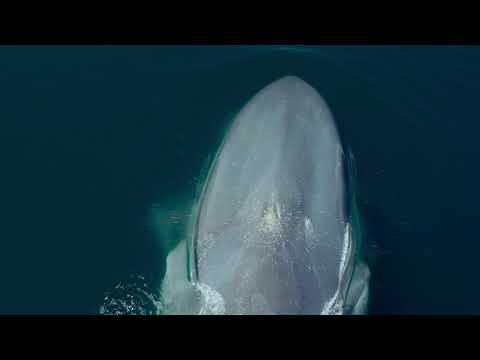-
The immersive experience of the Blue Whales 3D Trailer enhances viewers’ understanding of blue whale biology and behavior.
-
Blue whales’ ecological role and their significance in ocean ecosystems underscore the need for their conservation.
-
Technological advancements in filmmaking provide a unique platform for wildlife education and conservation awareness.
-
Zoo management and wildlife conservation efforts benefit from educational media, enhancing public engagement and support for preservation initiatives.
- The broader implications of the Blue Whales 3D Trailer highlight the intersection of art, science, and environmental policy in wildlife conservation.
The Blue Whales 3D Trailer offers an extraordinary glimpse into the life of the largest animal on Earth, the blue whale, providing an engaging view of their world through stunning visual artistry. This cinematic experience brings viewers face-to-face with these majestic marine giants, presenting their life not just as a spectacle but as an essential component of marine ecosystems. Blue whales, known scientifically as Balaenoptera musculus, are at the forefront of oceanic health, playing a pivotal role in carbon sequestration and nutrient distribution. Understanding these aspects is crucial for appreciating their importance beyond their sheer size and gracefulness.
Blue whales are the largest animals to have ever existed, with some individuals surpassing 100 feet in length and weighing over 200 tons. Their grand scale is impressively depicted in the Blue Whales 3D Trailer, with images capturing both their enormity and their delicate interactions within the marine environment. The trailer serves an educational purpose by highlighting their feeding behavior, emphasizing the massive intake of krill required to sustain these oceanic giants. Through filter feeding, blue whales consume up to four tons of krill daily, underlining their ecological role and impact. Their feeding process plays a crucial part in nutrient cycling, as their waste products enrich oceanic ecosystems, fostering a thriving marine environment.
Aside from biological insights, the Blue Whales 3D Trailer emphasizes the importance of conserving these magnificent creatures. Blue whales are currently classified as endangered due to threats such as ship strikes, entanglement in fishing gear, and the decreasing availability of their prey due to climate change. The trailer showcases the challenges blue whales face, encouraging viewers to consider their part in global conservation efforts. Understanding how human activity impacts these colossal creatures is vital for implementing effective conservation strategies. The awareness generated by such media can support governmental and non-governmental organizations in their quest for ocean conservation.
Advancements in filmmaking techniques have enabled this groundbreaking representation of marine life. The trailer uses advanced digital rendering and cinematography to deliver a realistic, immersive experience, allowing audiences to witness whales’ majesty in their natural habitat. This innovation creates an effective tool for education, inspiring a new generation of marine enthusiasts and conservationists. The technology behind such experiences can revolutionize wildlife education by making scientific research more accessible and captivating for the general public.
The Blue Whales 3D Trailer plays a pivotal role in the context of zoo management and wildlife conservation. Modern zoos focus on education and the preservation of wildlife, serving as sanctuaries for endangered species and centers of learning about biodiversity. By bringing the majesty of the blue whale into cinema’s confines, such media can foster a deeper connection between audiences and wildlife. This connection can translate into increased public involvement in conservation efforts, providing crucial support for impactful policies and initiatives.
Ultimately, the trailer serves as a testament to the intersection of art, science, and environmental policy. It exemplifies how creative media can educate and mobilize the public towards pressing conservation needs. As viewers become enthralled by the cinematic portrayal of blue whales, they also become allies in the conservation journey. This synthesis of visual storytelling and factual presentation encourages a broader dialogue about sustainability and the human impact on wildlife, stimulating action toward more responsible stewardship of our planet’s resources.
By exploring the details encapsulated in the Blue Whales 3D Trailer, audiences gain not only an appreciation of these giant creatures but also an understanding of the delicate ecological balance they help maintain. It is an essential narrative that transcends mere spectacle, offering a critical commentary on the imperative of conservation in a rapidly changing world. This educational medium encourages active participation in preserving our natural heritage for future generations, highlighting the power of cinematic platforms in contributing to tangible conservation outcomes.
*****
Source Description
Blue Whales 3D takes audiences on the adventure of a lifetime to discover a long-lost blue whale pod in a remote corner of the ocean, where no scientists or film crews have explored before.
World Premiere at the California Science Center’s IMAX Theater. Now playing.
This movie is shown in 3D. Advance tickets required. For tickets and showtimes, visit californiasciencecenter.org/imax.


